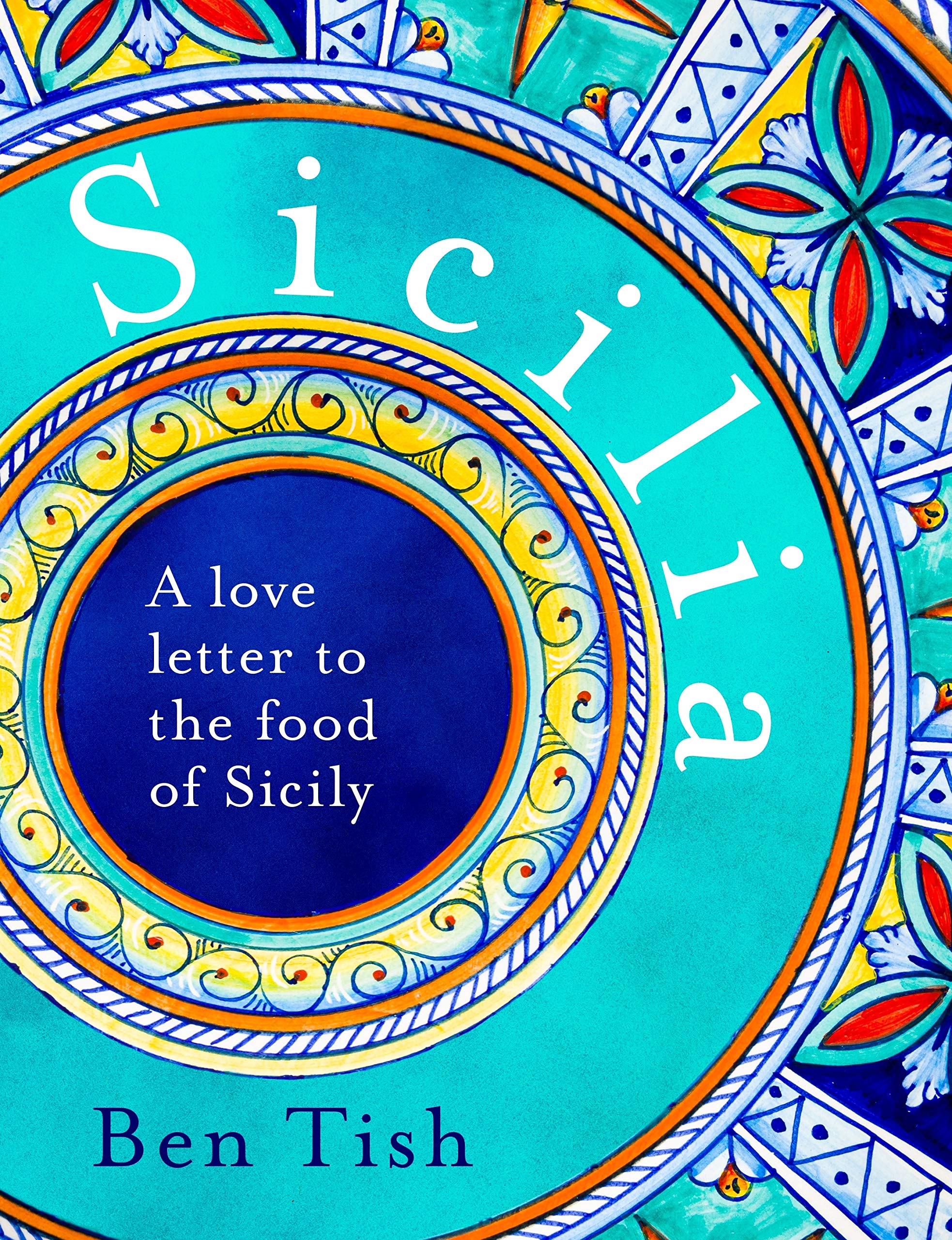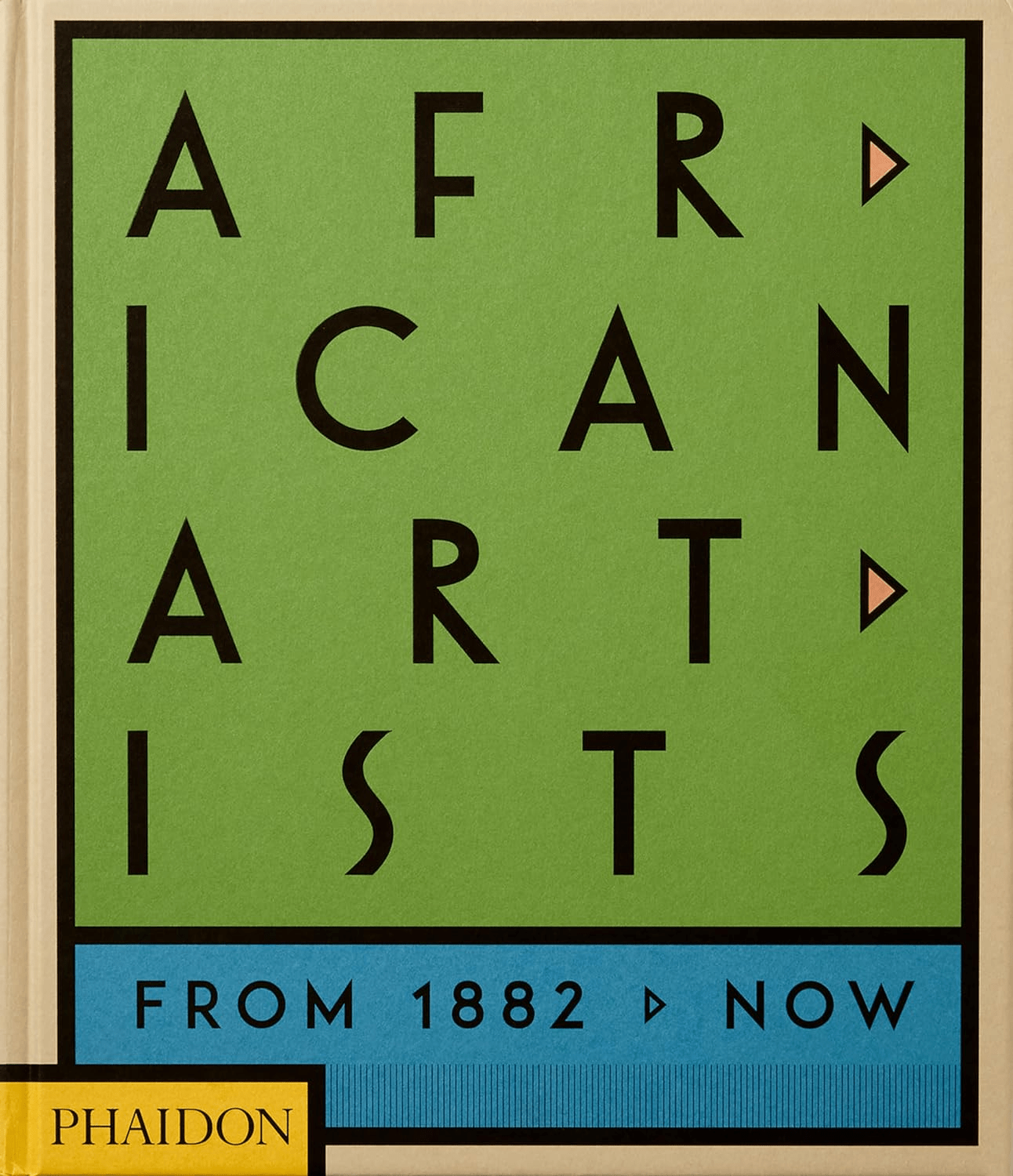
Sicilia: A Love Letter to the Food of Sicily
Tom Verde
Ben Tish.
Bloomsbury, 2021.
“The Arab influence is still seen today, particularly with Sicilian cuisine – almonds, saffron, oranges, pistachio and pomegranates amongst many others bear witness to their influence.”
—Excerpt from introduction to Sicilia, by Ben Tish
It’s hard to have a bad meal in Italy, it’s been said. The same is true of using this colorful cookbook celebrating Sicily’s culinary past, particularly its Arab legacies. Both the method of deep-frying and the popular ingredients of rice, sugar and oranges (which meet up in rice fritters with orange-blossom honey) are mainstays of the Sicilian diet traceable to the island’s Arab period (827-902 CE). Similarly, the whole-wheat-and-semolina sourdough bread called mafalda, often made in the shape of a crown, is likely of Arab origin. Watermelon jelly with jasmine, chocolate and pistachios—a molded, pudding-like dessert that “would have been the height of sophistication, prepared by skilled Arab chefs”—might intimidate the home cook, yet the book also features plenty of easy-to-prepare, peasant-inspired dishes that equally defined Sicily’s Arab-era diet, such as braised chickpeas and borlotti beans with kale pesto.
You may also be interested in...

Historic Mosques in Sub-Saharan Africa
From Mali to Tanzania, historian Stéphane Pradines traces a thousand years of Islamic architecture that forces us to rethink what we know about Africa’s past.
A Century of African Art, in 300 Voices, All in One Book
From Cairo to Khartoum to Casablanca, this volume traces how African artists have shaped—and reshaped—modern art over the past century.